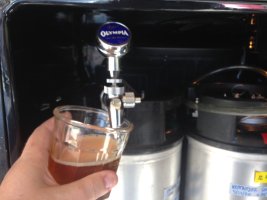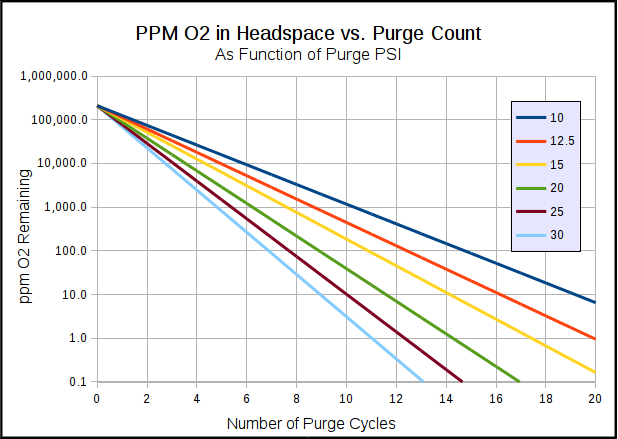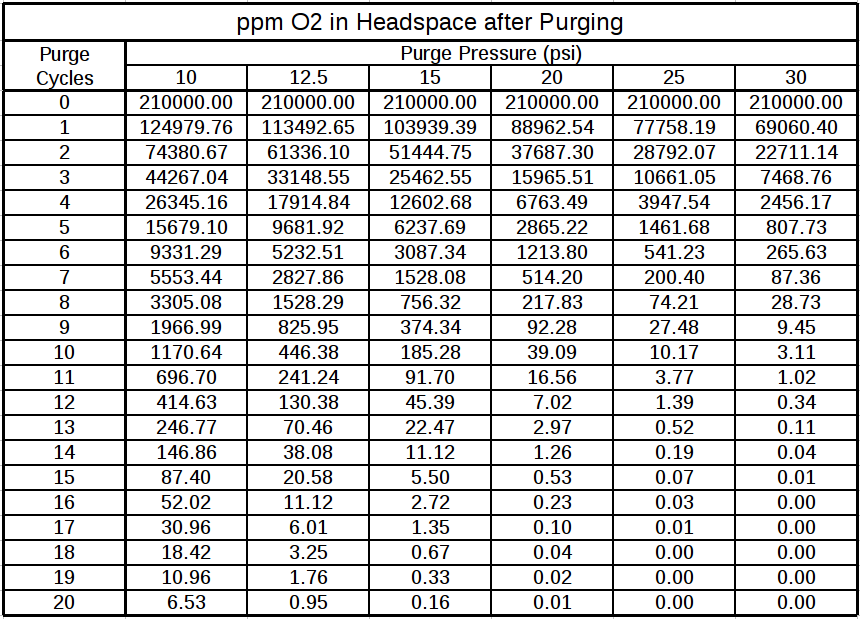Hi,
I just brewed a Kolsch and I'm about to keg it. But I wanted it to age a bit before I tapped into it. When you lager, do you lager in a keg or a secondary? I gave up on secondaries years ago, btw and have no intention on doing this. I don't have an empty fermentor. But I would like to know if it is the correct practice.
The way I see it, (since I will not transfer to a secondary), there are 2 options: If you lager in the keg, you hook the gas and let it sit for a few months; Or you let it sit for a few months and then set it to gas.
Curious how people do this and what the best answer is.
My thought was to keg, hook to the gas, let it age for a while then drink.
I just brewed a Kolsch and I'm about to keg it. But I wanted it to age a bit before I tapped into it. When you lager, do you lager in a keg or a secondary? I gave up on secondaries years ago, btw and have no intention on doing this. I don't have an empty fermentor. But I would like to know if it is the correct practice.
The way I see it, (since I will not transfer to a secondary), there are 2 options: If you lager in the keg, you hook the gas and let it sit for a few months; Or you let it sit for a few months and then set it to gas.
Curious how people do this and what the best answer is.
My thought was to keg, hook to the gas, let it age for a while then drink.





